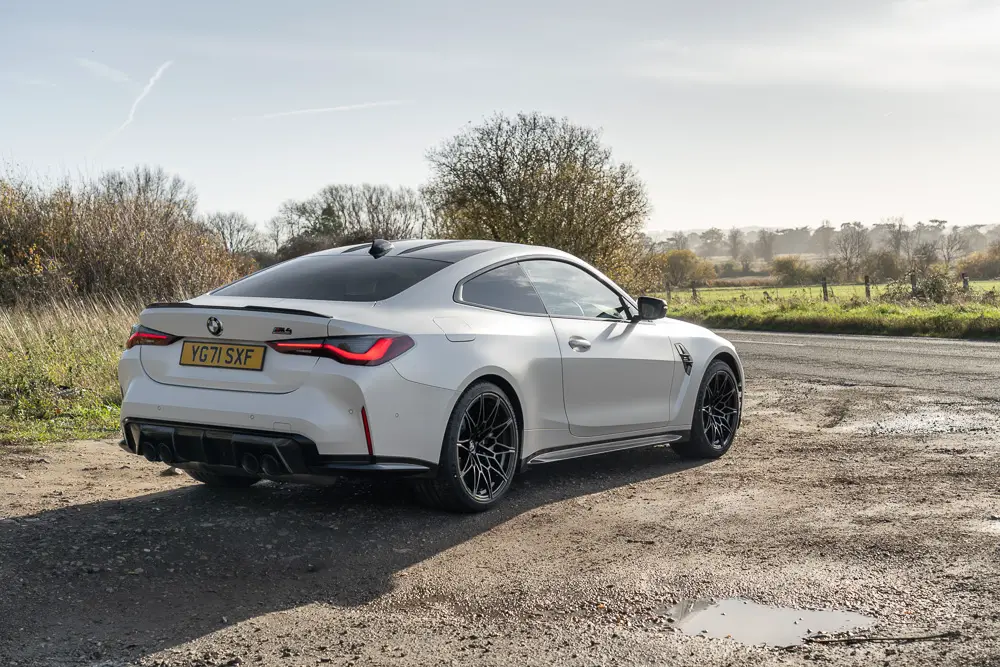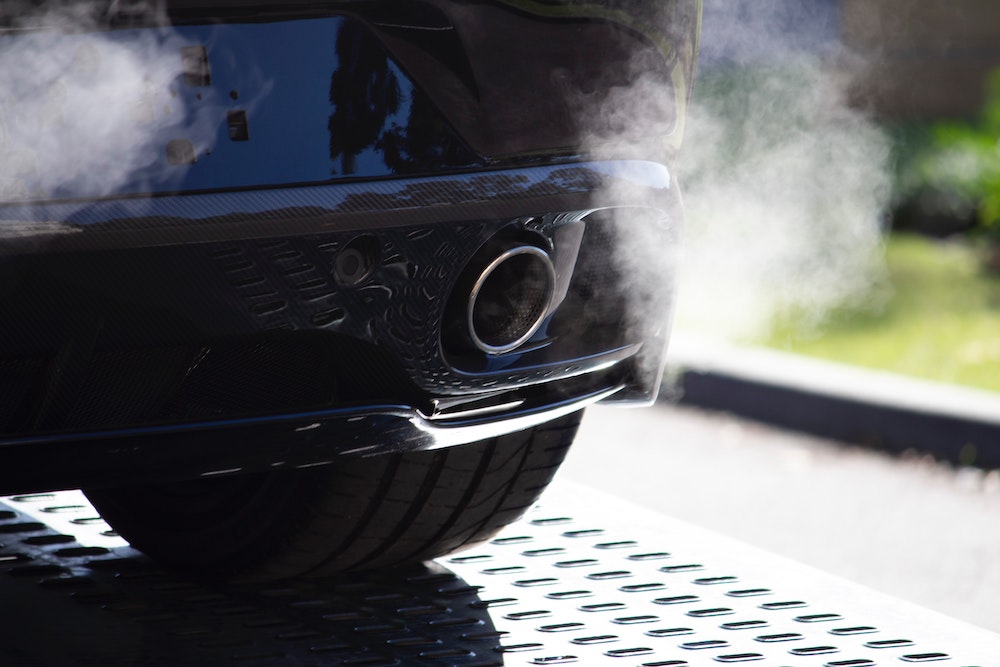Over the last few decades, the natural soundscape of Great Britain has changed somewhat. With modernity comes not only new visual landscapes but also new sounds and smells that accompany our technological advancements. What was once peace and quiet has been replaced by the obnoxious roar of car exhausts blasting their way through a seemingly endless race track somewhere in the distance. No matter the time of day or night, they’ve become a seemingly ever-present feature up and down the country. Leading driving experience provider, DrivingExperience.com, believes this could soon be a thing of the past.
Motorists with a particularly noisy exhaust system are now running the risk of hefty fines if their vehicle’s volume is deemed excessive. With limits imposed at 72 decibels (dB) for cars registered since 2016 and a slightly higher 76 dB for cars registered between 2007 and 2016, its not just performance or modified vehicles that could be targeted. Older vehicles with a leaking exhaust are also at risk, as once an exhaust system begins to age, gases that leak out before they reach the tailpipe result in excessive noise being produced.
Exhaustingly Loud
A network of acoustic cameras are being rolled out in the London Borough of Kensington and Chelsea, with nearly 10,000 vehicles being found to cause excessive noise between June 2021 and February 2022. Perhaps unsurprisingly, BMWs have been the most frequent offenders. They’re followed, in order, by Lamborghini, Mercedes, Ferrari, Audi and Land Rover.

Whilst these are highly desirable cars, you may notice that they’re all manufactured and sold in Britain and the EU, which enforce strict regulations on all manner of vehicle manufacture. One particular area their legislation focuses on is exhaust noise. So how is it that so many of these new performance vehicles are able to make such a racket and seemingly circumvent these pre-imposed noise and exhaust volume restrictions? Many vehicles have soft limiters on them so you won’t be able to rev the engine when the vehicle is stationary. However, once moving and over a certain level of RPM, a valve within the exhaust system opens and allows the vehicle to begin its gurgling cacophony. Many a petrol head will appreciate this noise I’m sure, but on a souped-up banger being driven round the estate at 1am it can grow tiresome very quickly at best.
Stress & Anxiety
Alex MacGregor at DrivingExperience.com said: “Noisy cars on public roads are not only a nuisance, but can also have a serious impact on road users’ health. Long-term exposure to noise from road traffic in our neighbourhoods and cities every day can cause hearing damage and heightened stress levels.”
Britain is able to boast a fantastic array of motor racing circuits of all different sizes and disciplines and fortunately for those craving the sound of a blaring exhaust, have a 42% higher volume limit than public roads of 105 dB.

Neil Greig, director of policy and research at IAM RoadSmart added: “If the trials of ‘noise cameras’ are successful then the days of the loud exhaust on our public roads could be numbered. Every petrol head loves the sound of a rasping F1 car, or a mighty race-tuned engine, but the safest and most responsible place to try it out is always on a race circuit. Noise pollution, just like air pollution, causes stress and illness, and now is the time to think about the impact your car is having on others.”

